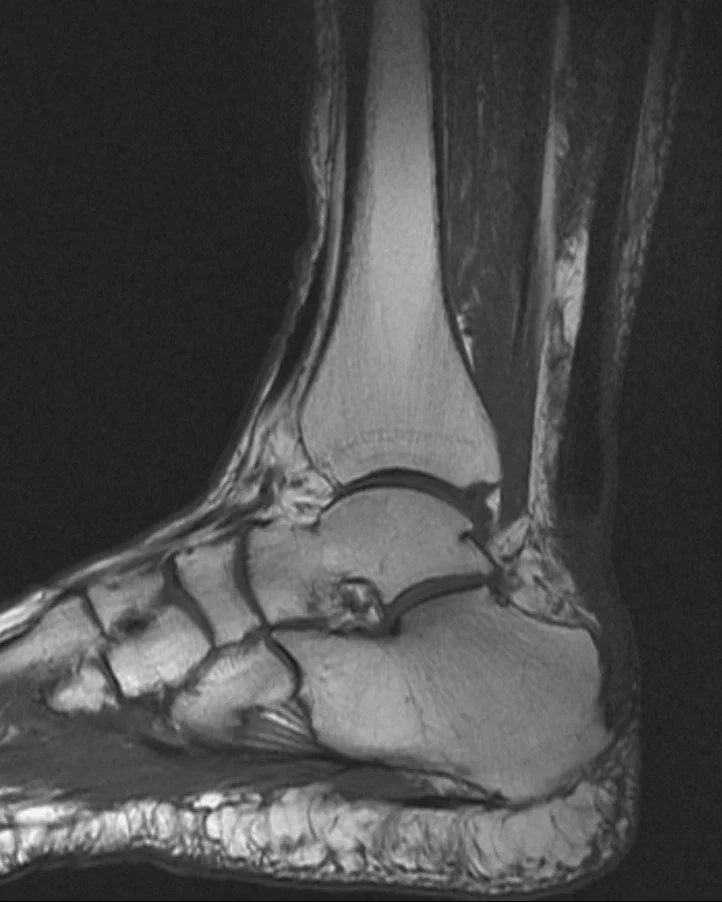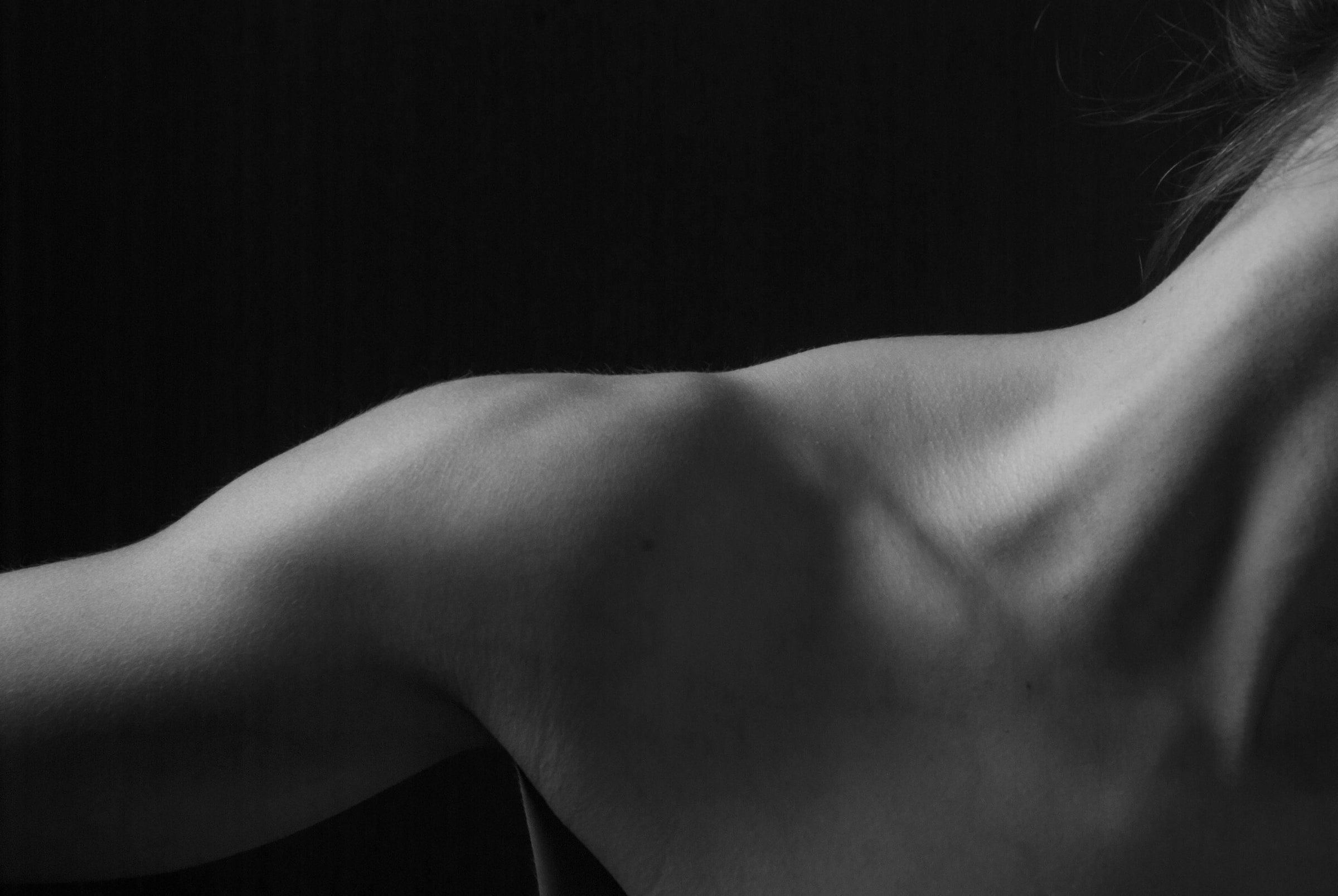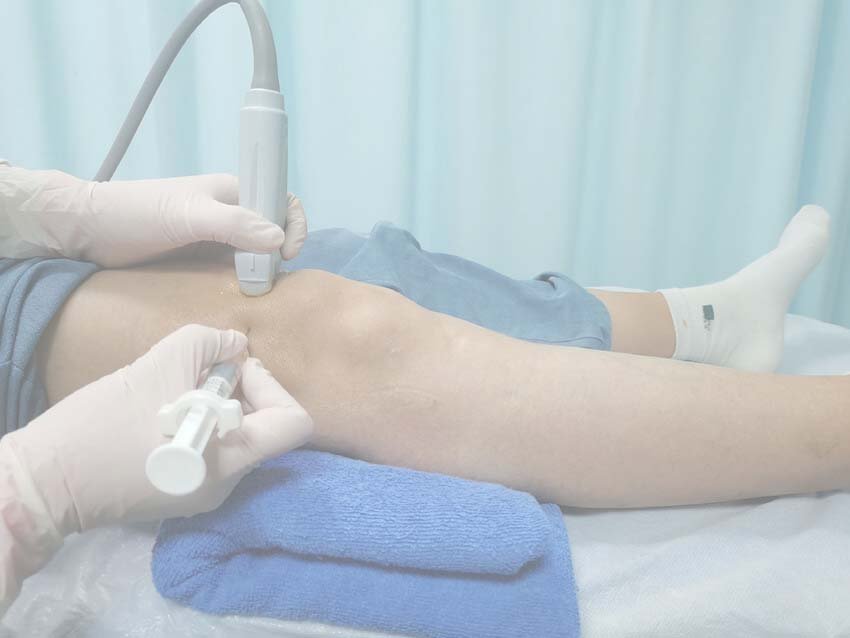
PRP - Platelet Rich Plasma
What is Platelet Rich Plasma?
Platelet Rich Plasma, or PRP, is a fluid concentrate made from a patient's own blood. Platelets and plasma are separated by spinning the patient’s blood sample in a centrifuge. Our method leads to a platelet concentration roughly 7 times what is normally found in the blood. The PRP is then injected into areas with poor circulation especially ligaments, tendons, and joints. It is commonly used to treat sprains, tears, and arthritis.
Why use Platelet Rich Plasma?
Platelets are essential to all wound healing. They contain your body’s tissue healing growth factors. These Platelet derived growth factors trigger the repair process in wounded tissue, while the plasma contains the scaffolding proteins needed to bridge the gaps of tissue damage. Combined as Platelet Rich Plasma, PRP can be a jump-start to your body’s own repair process.
Why PRP Injections?
Some Injuries Don't Heal Easily
When an injury occurs in an area where there is very little blood flow (ligament, tendon or joint), it makes for difficult healing. Occasionally rest, traditional osteopathy, physical therapy, and other modalities do not quite lead to complete repair, leaving you with pain and decreased function. An ultrasound guided PRP injection may be just the support your body needs to supply the healing factors that will help decrease your pain and return you to full function.
What Conditions Does PRP Treat?
-

Tendon/Ligament Tears/Strains/Sprains
Injuries to tendons (the fiberous portion of muscle that attaches to bone) and Lilgaments (Fiberous bone to bone attachments across joints) are common with sports, physical labor, and in older age. Occasionally these injuries do not heal quickly despite proper rest, physical therapy and traditional osteopathy. Some will require surgery, others may benefit greatly from a PRP injection.
-

PRP for Labrum and Meniscal tears
A healthy shoulder has an amazing range of motion. In order to keep the ball in the socket throughout that range takes a labrum (lip) of stiff but pliable tissue that provides a guide without being too restrictive. The same is true of the labrum in the hip and a similar function is performed by the meniscus in the knee. When these structures get injured or torn they may require a surgical repair, some may only need rest, physical therapy and traditional osteopathy. Others may fall somewhere in-between. For these, a PRP injection may be added to the recovery regimen, tipping the scale in favor of complete repair.
-

PRP for Osteoarthritis
Osteoarthritis (OA) occurs primarily in joints that are used often and with vigor. Gravity, age and repetitive use are the pre-cursers to OA and knees, hips, shoulders and hands are the most common sites where this process develops. Unfortunately there are not many satisfactory treatments available to halt or reverse this process. Improved body mecahnics, Diet, and weight loss typically help, but one or more PRP injections may provide lasting relief including partial reversal in some cases.
PRP injection cost
The cost of PRP injections will vary depending on the number of sites injected and the size of the area(s) to be injected. The initial evaluation may be covered by medical insurance (HMSA and Medicare only), however there will be an out-of-pocket expense for the PRP injection itself. We are striving to make PRP affordable and may offer discounts on a case-by-case basis.
Will PRP help you?
A medical evaluation is necessary to determine if PRP will help with your ailment. To schedule an appointment at our Maui clinic please call our office and mention that you would like to be evaluated specifically for a PRP injection. Prior to the appointment please print, fill in and bring the New Patient Form below.

